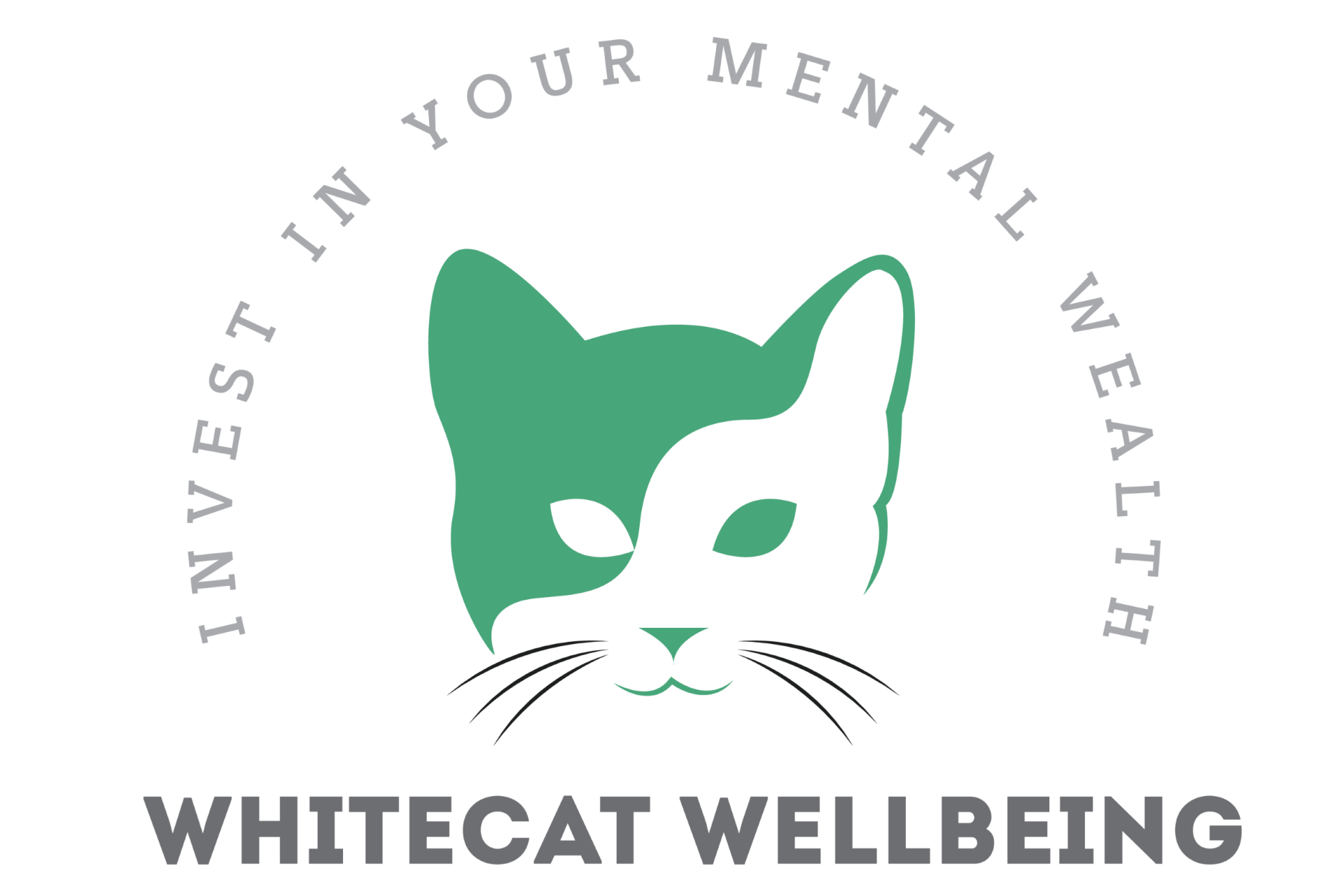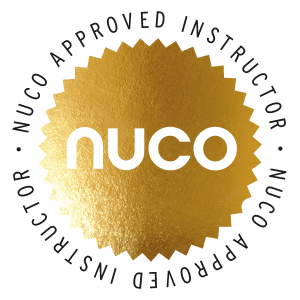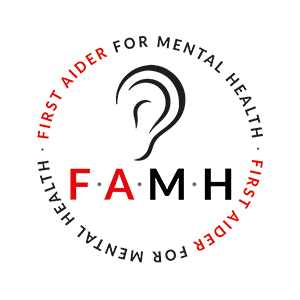Wellbeing in the Workplace
'S.A.V.E.R.S'
A useful acronym when thinking about workplace wellbeing is 'SAVERS' ;
- Strategy
- Accessibility
- Visibilty
- Educate
- Resources
- Support
Strategy
A workplace wellbeing strategy should consider both physical and mental wellbeing. There are a number of organisations that have wellbeing strategies that can be found online, and these can be used as a guide to setup a strategy within your organisation.
A few ideas;
- A workplace wellbeing strategy will lay the foundation for employee wellbeing for the whole organisation. How and where will you communicate this? What role will line managers and other employees have in the strategy to form it, communicate it and proactively support it?
- Positive wellbeing has an impact on employees. Evidence has shown that it increases performance, productivity and engagement of employees and this needs a "top-down" approach. Senior leadership should recognise this and champion the strategy.
- Your strategy should consider the "whole person". Mental health is one part but it should sit alongside emotional, physical and financial elements.
- The Stevenson - Farmer "Thriving at Work" report raises six "mental health core standards". This can be a "handrail" to guide the mental health aspect of your wellbeing strategy.
- How healthy is your workplace currently? How will you measure this? it's important to know where you're starting from so you can measure the effectiveness of any strategy you implement.
- Where does existing company policy fit within this strategy? You might find your strategy has to incorporate existing policy or it may produce new policies. HR departments should be involved from the outset to help advise and shape the strategy.
- Some companies use a "mission statement" to help set the tone and direction of a strategy.
Accessibility
Wellbeing ideas and actions should be accessible, as should your First Aiders for Mental Health (FAMH) and Wellbeing Champions;
- Having a good number of First Aiders for Mental Health (FAMH) will ensure the workforce is able to talk to them easily and will allow First Aiders for Mental health to be active in the workplace.
- Is other help - occupational health or employment assistance schemes (if you have one) - easily accessed 24/7?
- Are your FAMH's aware of the support that is available both within the workplace and externally 24/7?
- Any wellbeing initiatives and activities should be easily accessible and be suitable for all.
- Are feedback/suggestion forms for wellbeing ideas easily accessed by the whole workforce? This will allow "LISTEN - ADJUST - THRIVE".
- Whilst being available physically to help and support people in the workplace is important, are your FAMH themselves willing and responsive to the needs of the workforce?
Visibility
Wellbeing ideas and actions should be clearly visible in the workplace as should your First Aiders for Mental Health (FAMH);
- Are your First Aiders for Mental Health (FAMH) clearly visible - their details next to physical first aiders details for example?
- Lanyards and email signature blocks (in line with company poilcy) are a great way to highlight and identify your FAMH, as are desk signs.
- A dedicated and obvious space for wellbeing ideas and available supports is a great idea. A clearly visible noticeboard containing information and guidance is useful, but it needs to be positioned for maximum visibilty. Large organisations may need a number of these.
- A forum or regular meeting held for your FAMH is essential for sharing information and ideas but also supports your First Aiders for Menatl Health. Outcomes from these meetings can be shared with the workforce (consider confidentiality).
- How will any implemented wellbeing ideas and activities be communicated throughout the workforce?
- Raising awareness and maintaining momentum of MH and wellbeing in the workplace is key. Visible and pro-active First Aiders for Mental Health is essential.
- Does your organisation have an internal webpage which could have a wellbeing section that employees can easily access? What resources/contact details could you include here?
Educate
Understanding the importance of good MH and wellbeing is the key. How will you nourish the workforce?;
- How will you educate the whole workforce in the importance of MH and wellbeing? Senior managers can be a good way to help encourage and support strategy, but this needs to be sustained at all levels.
- How can you ensure all of the workforce are engaged - assessment performance review time?
- Whilst info on a noticeboard can be useful, workplace activities can be a great way to get staff to engage. An informal coffee & cake hour (for example!) will get people away from their desks to think about wellbeing and meet their First Aiders for Mental Health (FAMH) and wellbeing champions to spread the "wellbeing word".
- What daily/weekly/monthly wellbeing activities for the whole workforce are being encouraged by the company?
- Do the workforce know that support is available to them and what it is? How do they know? Is it passive through noticeboards and signs or is there an option to be active (and ensure everyone is aware) by mentioning this during an arrival interview or during an annual performance review?
- Regular meetings for your FAMH and HR staff are a great way to discuss new ideas, ensure that any questions are answered and that support is offered if required.
- Refresh noticeboards and sineage regularly to be engaging and relevant. There are many sources of posters and information that can be downloaded for your workplace.
Resources
Understand what resources within the organisation and externally are available ;
- What occupational health or employer engagement programmes do you have?
- Perhaps compile a list of what local resources are available to help or support.
- Be aware of what national groups might also be of use when using the C.A.R.E action plan.
- What other practical steps might be available to managers? What "resonable adjustments" might the company be able to consider?
- Are any of your HR staff trained as First Aiders for Mental Health (FAMH)? This is a good way to help inform policies.
- Your First Aiders for Mental health are resources themselves. What is in place to help support and guide them? Do you have a "lead" FAMH to help administer and guide the wellbeing and MH aspects within the organisation?
- Who might be best placed to be your wellbeing champions?
Support
Support for your First Aiders for Mental Health (FAMH) and Wellbeing champions - as well as the wider workforce;
- Self-care is very important for First Aiders for Mental Health (FAMH), so who can they turn to for help & guidance? Will you have a lead First Aider (MH) or coordinator?
- Regular meetings for FAMH and wellbeing champions is a great way to show support and also to share ideas and views.
- Senior managers and HR staff should be engaged with the strategy, policies and be open and mindful to the needs of their staff and FAMH.
- Policies should be designed to support the role of your FAMH and to offer some guidance and synergy to their role.
- Skills refresh at regular intervals should be encouraged. This keeps the First Aid for MH tools and techniques fresh and current and allows the First Aider (MH) to remain confident in their role.
- Regular updates with any new or changes to policy or new resources that are available for use.
- Offering any additional courses that may be of benefit to the First Aider (MH) which will ultimately be of benefit to the whole workforce.


